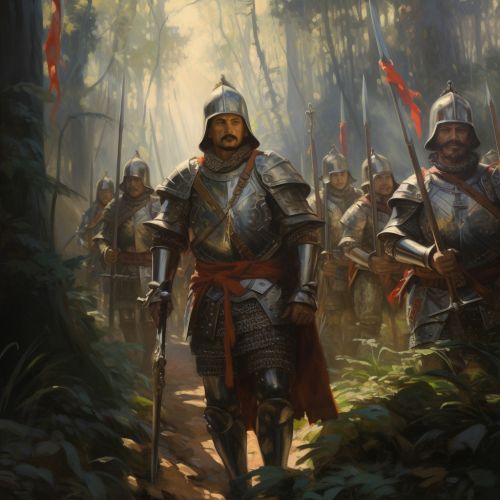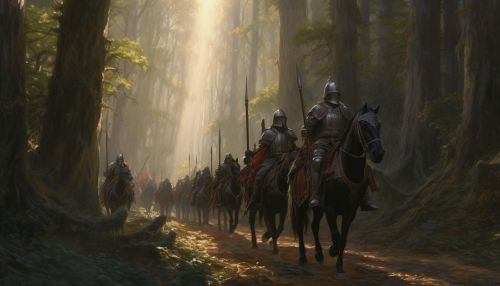Spanish conquest of the Aztec Empire
Background
The Aztec Empire was a powerful and complex civilization that emerged in the 14th century in the Valley of Mexico. The empire was characterized by a sophisticated political structure, a rich cultural heritage, and a vast network of trade routes. The Aztecs were known for their advanced agricultural techniques, monumental architecture, and a complex system of writing.
Spanish Arrival
In 1519, a Spanish expedition led by Hernán Cortés arrived on the eastern coast of Mexico. Cortés, who was seeking wealth and glory, had heard of the vast riches of the Aztec Empire and was determined to conquer it. He assembled a small army of Spanish soldiers and native allies, and set out for the Aztec capital of Tenochtitlán.


First Contact
The first contact between the Spanish and the Aztecs was marked by a combination of fascination and fear. The Aztecs were awed by the Spanish's horses, firearms, and steel weapons, which they had never seen before. The Spanish, on the other hand, were amazed by the wealth and sophistication of the Aztec civilization.
Conquest of Tenochtitlán
In November 1519, Cortés and his men arrived in Tenochtitlán, where they were received by the Aztec emperor Moctezuma II. Initially, the Spanish were treated as honored guests, but relations quickly soured. In 1520, Cortés ordered the arrest of Moctezuma, effectively taking control of the city.
Siege of Tenochtitlán
In 1521, Cortés laid siege to Tenochtitlán. The siege lasted for several months, during which the Spanish cut off the city's food and water supplies. The Aztecs, weakened by hunger and disease, were unable to resist the Spanish onslaught. In August 1521, Tenochtitlán fell to the Spanish, marking the end of the Aztec Empire.
Aftermath
The fall of the Aztec Empire marked the beginning of the Spanish colonial period in Mexico. The Spanish imposed their language, religion, and culture on the indigenous population, and exploited the region's resources for their own gain. The conquest had a profound impact on the history and identity of Mexico, and its legacy is still felt today.
